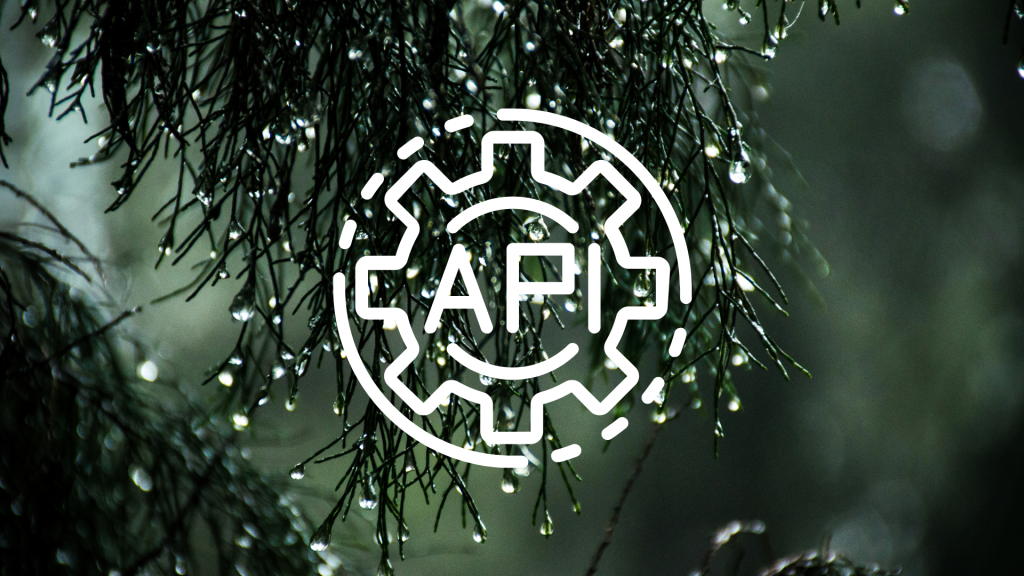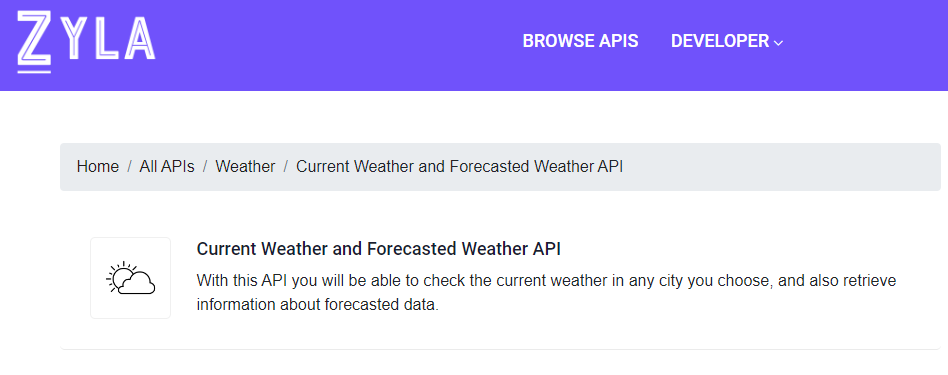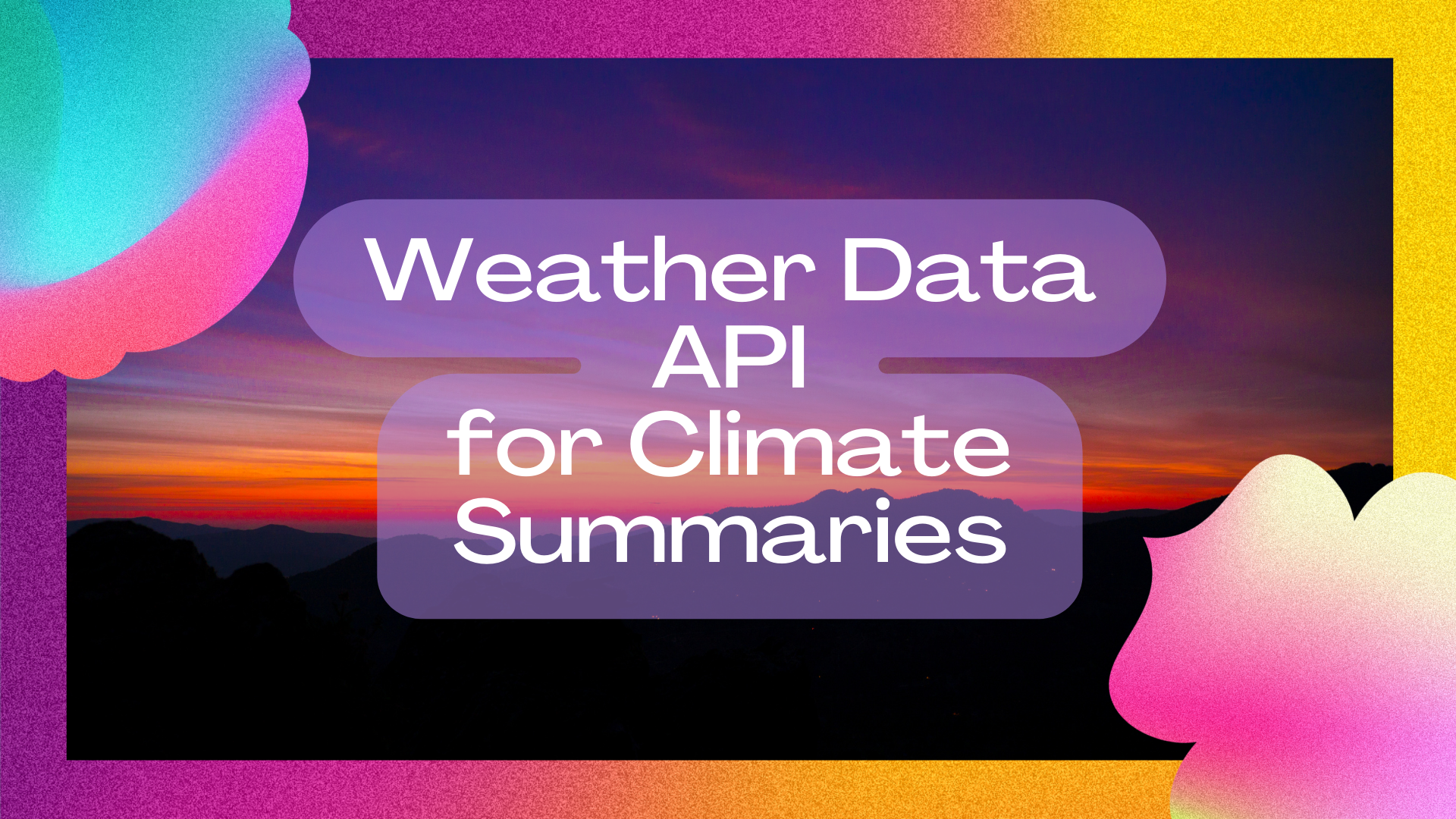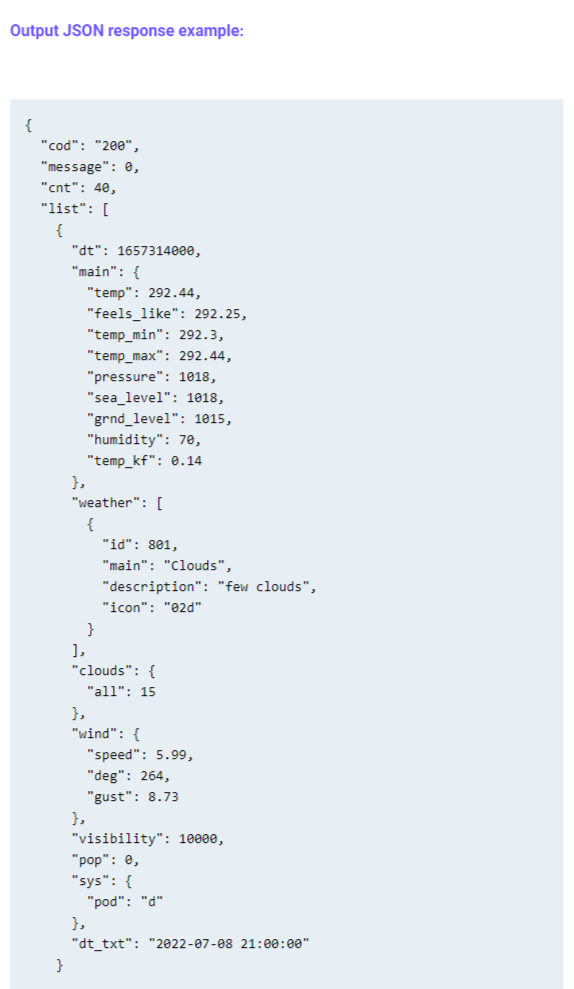Are you interested in writing Climate Summaries? Then you need to know what’s the Best Weather Data API To Create Climate Summaries. We’ll explain!
Climate Summaries
What are they?
Climate Summaries are texts that detail the weather conditions in a specific place over a period of time. In other words, these are redacted overviews of the weather across the span of previous days, months, seasons, or even years.
What do they contain?
Usually, climate summaries contain data like temperatures; maximum, median, and minimum temperatures; precipitations; and more. Moreover, they include facts on subjects like the hottest day of the period; the chilliest day; the sunniness; the windiness; among others.

How are they written?
Although, this information is not written in the typical way a weather forecast is. It’s not just a display of figures. Instead, it’s a redacted piece of literature that describes the weather occurrences; even though it is preoccupied with sharing the facts, it doesn’t do it in a jarring or tedious way; also, it isn’t as explicit as other competitive mediums, since it doesn’t display everything, only a selection of data that the author found relevant.
Where are they?
Most often than not, climate summaries are in graphic media like newspapers and magazines; or digital media like weather-specific blogs and websites, governmental websites, and e-mail newsletters.
Also, it’s a common occurrence when there are outdoor sports events such as the Olympics and Formula 1; because they give information that can be considered relevant when explaining certain outcomes.
For example, when talking about beach volleyball, it’s important to mention wind speeds or sunniness; since that might have impaired the players’ ability to perform. And a weather summary is more useful than just straight data in that instance; because it helps spectators imagine how it feels for the wind to be at a certain number of miles per hour, rather than just seeing a number that’s pretty much meaningless to them.
Why use a weather API?
A weather API is an interface that allows its users to communicate to a large weather database in a clear way. It helps its consumers obtain all the information they need on a daily basis. Plus, it lets them avoid all the extra work that comes with translating the data into a readable language; and organizing the information.
Therefore, weather APIs are a great recommendation for climate summary writers. Since it lets them focus on the writing; whilst they let the developers be responsible for the retrieval and display of the data.

Hopefully, you have a clearer understanding of weather APIs and Climate Summaries, in general. Next up, we’ll introduce you to the Best Weather Data API To Create Climate Summaries: Current Weather and Forecasted Weather API.
Best Weather Data API To Create Climate Summaries
Current Weather and Forecasted Weather API
Current Weather and Forecasted Weather API is a great asset for those who are looking into writing Climate Summaries; or for those who are already doing it and want to step up their game.

This weather API allows its users to accurate real-time current weather data; as well as, forecasted weather information for up to the next 16 days. Therefore, it’s very functional for those who want to maybe write ahead; or for writers that are following the information play-by-play.
Moreover, the Current Weather and Forecasted Weather API displays information that includes temperature; humidity; visibility; clouds conditions; actual conditions; wind conditions; maximum, median, and minimum temperatures; sea levels; and much much more. Which is, by the way, available for current and forecasted weather data.
Additionally, one of the most important features of this API is that it has worldwide capabilities. This means that you’re going to have some advantages:
- It allows for queries regarding anywhere in the world, from the largest cities to the smallest towns. All you need to do is enter the city name, zip code, or coordinates of the place you are looking for.
- The data can be translated into more than 15 languages.
- It allows for usage of the metric and/or imperial system.
- It can display the data in Celsius and/or Fahrenheit degrees.
Therefore, no matter where you are writing from or about, you’ll always be able to find the information you need, exactly how you need it.
The Current Weather and Forecasted Weather API is in the Zyla Labs API Marketplace.


